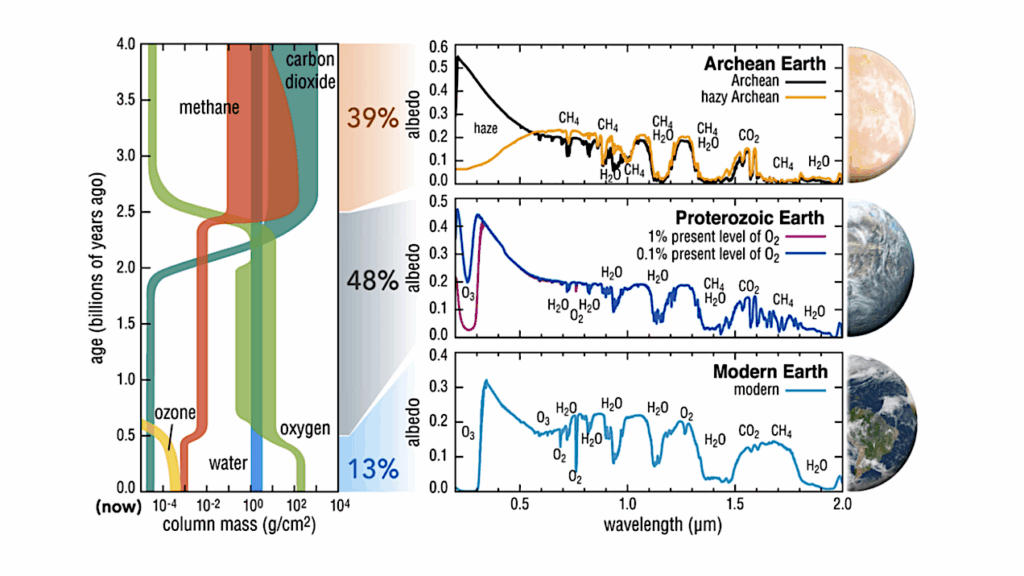Resilient Habitability Of Nearby Exoplanet Systems

We investigate the possibility of finding Earth-like planets in the habitable zone of 34 nearby FGK-dwarfs, each known to host one giant planet exterior to their habitable zone detected by RV.
First we simulate the dynamics of the planetary systems in their present day configurations and determine the fraction of stable planetary orbits within their habitable zones. Then, we postulate that the eccentricity of the giant planet is a result of an instability in their past during which one or more other planets were ejected from the system.
We simulate these scenarios and investigate whether planets orbiting in the habitable zone survive the instability. Explicitly we determine the fraction of test particles, originally found in the habitable zone, which remain in the habitable zone today. We label this fraction the resilient habitability of a system. We find that for most systems the probability of planets existing [or surviving] on stable orbits in the habitable zone becomes significantly smaller when we include a phase of instability in their history.
We present a list of candidate systems with high resilient habitability for future observations. These are: HD 95872, HD 154345, HD 102843, HD 25015, GJ 328, HD 6718 and HD 150706. The known planets in the last two systems have large observational uncertainties on their eccentricities, which propagate into large uncertainties on their resilient habitability. Further observational constraints of these two eccentriciti
Giorgi Kokaia, Melvyn B. Davies, Alexander J. Mustill
(Submitted on 16 Oct 2019)
Comments: 17 pages, 15 figures, comments welcome
Subjects: Earth and Planetary Astrophysics (astro-ph.EP)
Cite as: arXiv:1910.07573 [astro-ph.EP] (or arXiv:1910.07573v1 [astro-ph.EP] for this version)
Submission history
From: Giorgi Kokaia
[v1] Wed, 16 Oct 2019 19:03:41 UTC (2,818 KB)
https://arxiv.org/abs/1910.07573
Astrobiology








